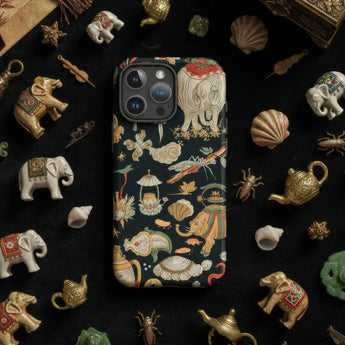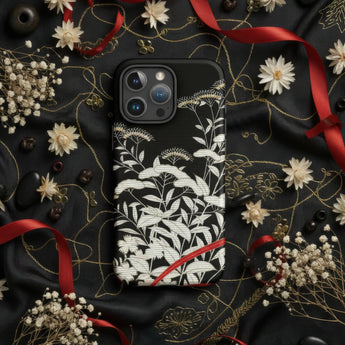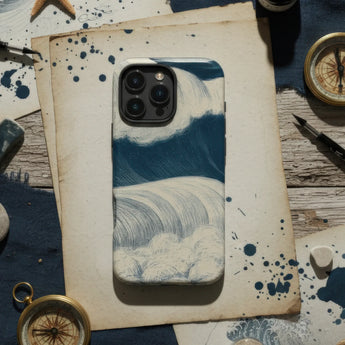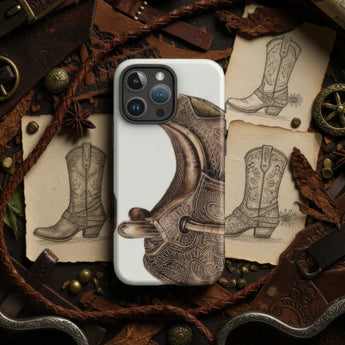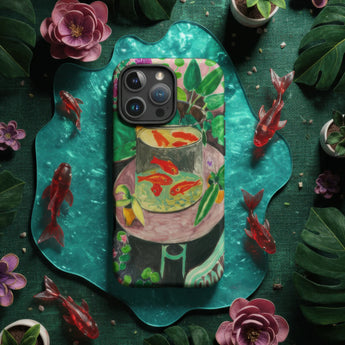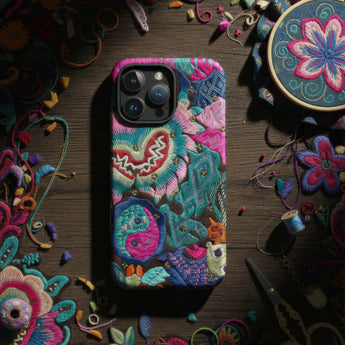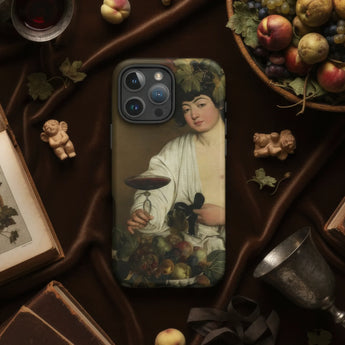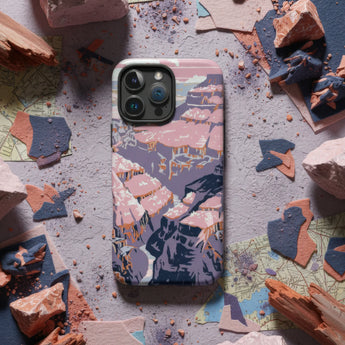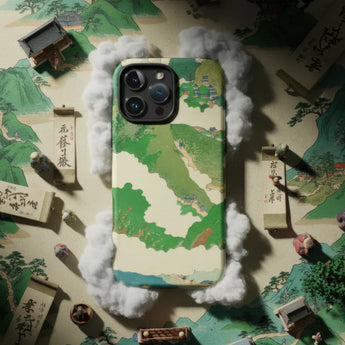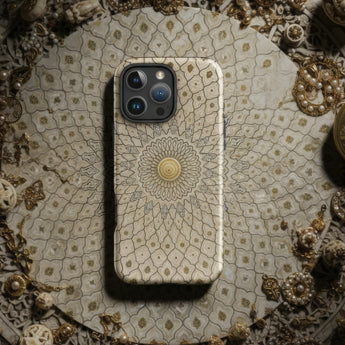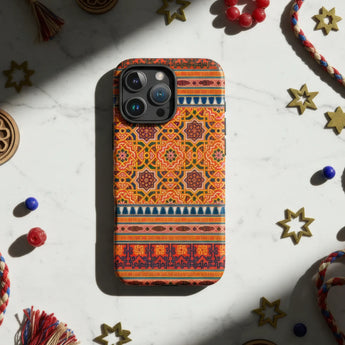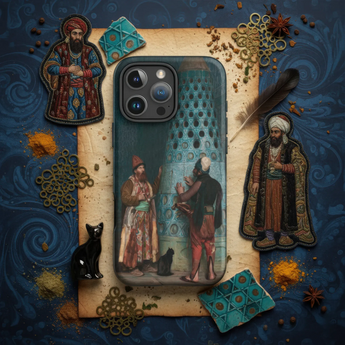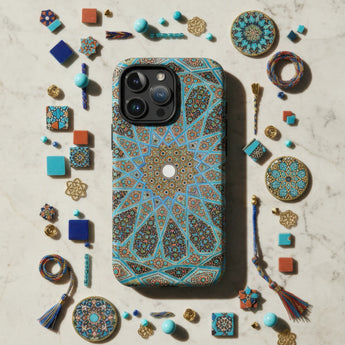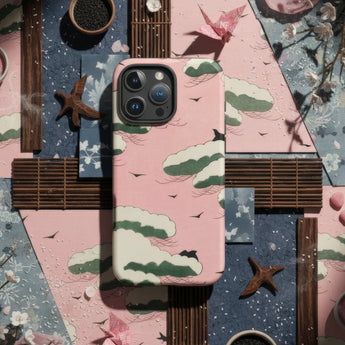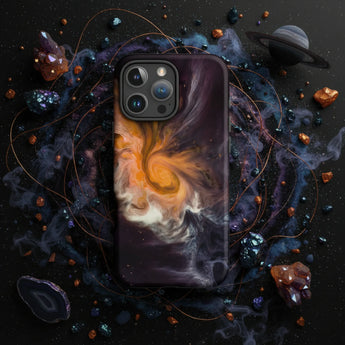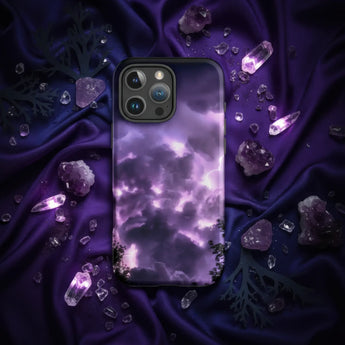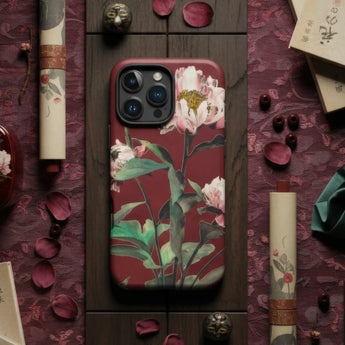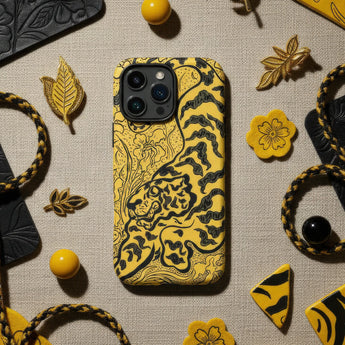Green Art Phone Cases
Slip your device in the verdant world of these green iPhone or Samsung cases, where technology meets art in nature's most soothing hue. These green art covers do more than protect; they're portals to natures lush forests and sun-dappled meadows, all nestled in the palm of your hand. From the muted whispers of sage, moss and olive green evoking tranquil Zen gardens to the electric jolt of neon green, lime and emerald that capture the vibrancy of tropical rainforests. This collection spans the entire spectrum of green's emotional resonance.
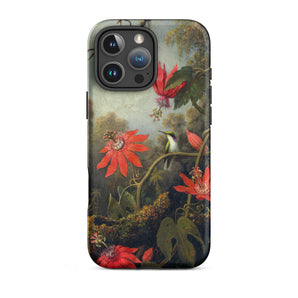
Quick view 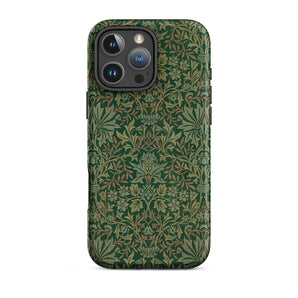
Quick view 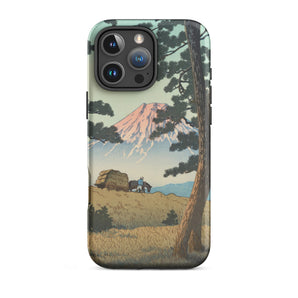
Quick view 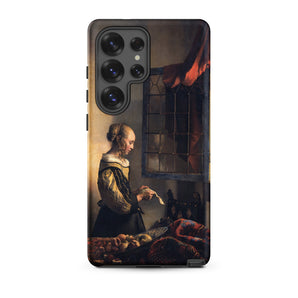
Quick view 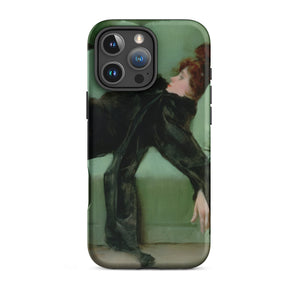
Quick view 
Quick view 
Quick view 
Quick view 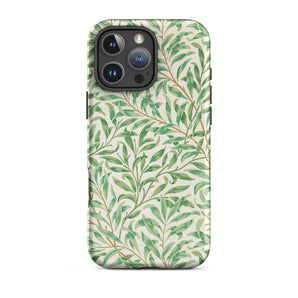
Quick view 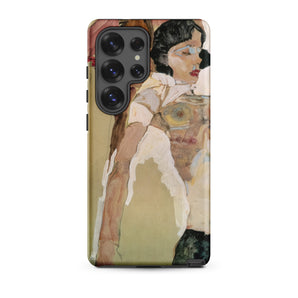
Quick view 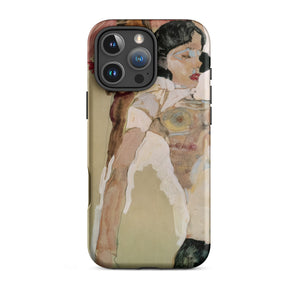
Quick view 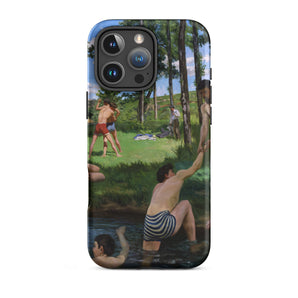
Quick view 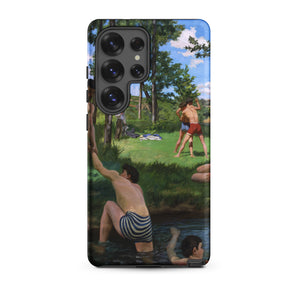
Quick view 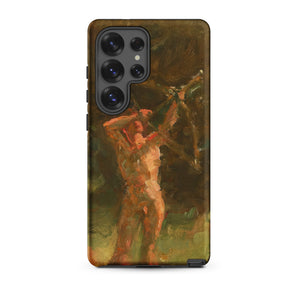
Quick view 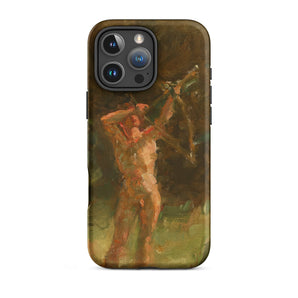
Quick view 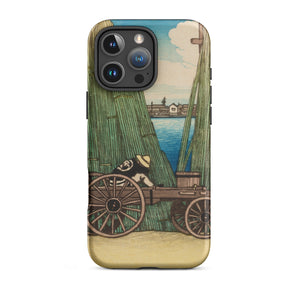
Quick view 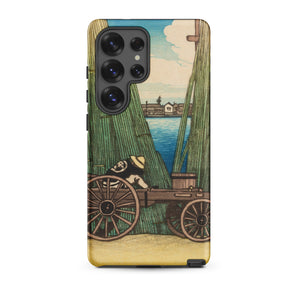
Quick view 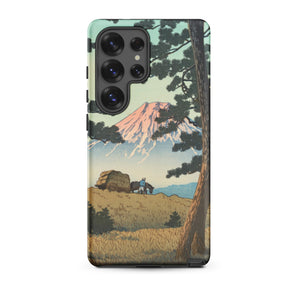
Quick view 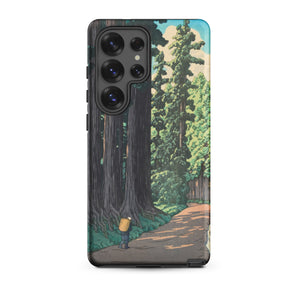
Quick view 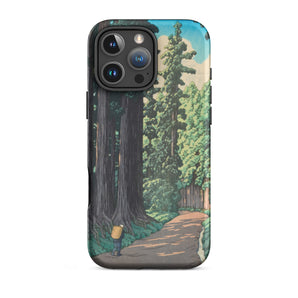
Quick view 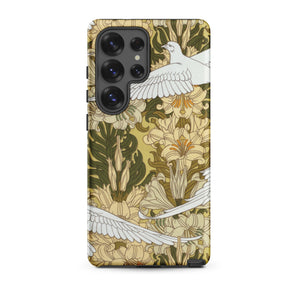
Quick view 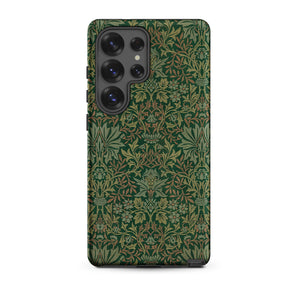
Quick view 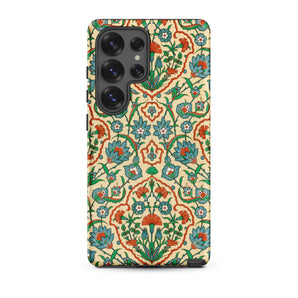
Quick view 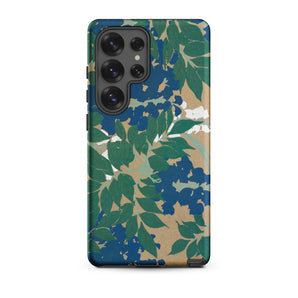
Quick view 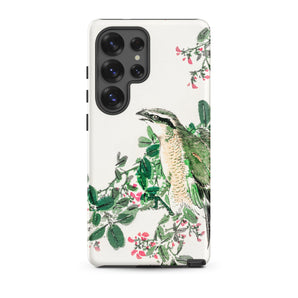
Quick view 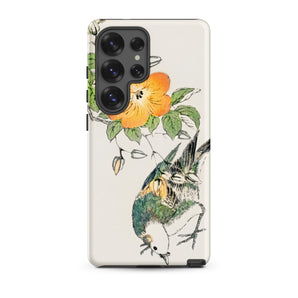
Quick view 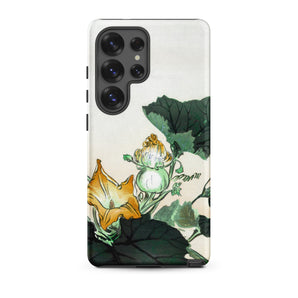
Quick view 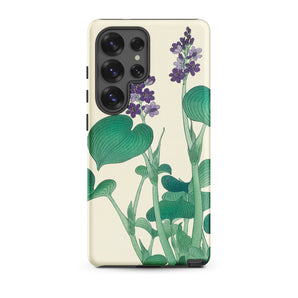
Quick view -
Your Latest Loves
FAQs
About this collection
A veil of moss, a whisper of jade, a violent shimmer of chartreuse caught between thumb and glass—these are not cases, but skins borrowed from forests that outlived empires. Every phone sheath becomes a relic in reverse, pulling future archaeology into the palm: olive grit carved like a votive offering to vanished gods of greenery, neon streaks burning like synthetic algae on a midnight sea.
Not decor, not accessory—these green aesthetic art phone cases rewrite function as ritual. Drop-tested? Yes, but more than impact resistance; this is forest floor logic, where bark defends heartwood, where every crack tells a story of survival. Scratch-resistant? Naturally—like malachite polished by centuries of rain. Perfectly designed for your iPhone, the fit is anatomical—each cutout placed like a pulse point, each raised edge curling like fern fronds safeguarding new growth.
Each green phone case is a statement piece, a bold declaration of your connection to the natural world amidst our increasingly digital landscape. They're not just accessories; they're earthy conversation starters, turning every text or call into an opportunity to showcase your minty fresh style. Crafted with both aesthetics and durability in mind, these phone covers offer a perfect fusion of form and function, protecting your device while transforming it into a miniature artwork.
Whether you're drawn to the seafoam tones that surge with the ocean's embrace or bright light green hues to energize your day, these green aesthetic phone cases offer a daily dose of chromotherapy. A personal oasis of verdant paintings, lush graphics, earthy patterns and a big leafy canopy of serenity in your pocket.
Sage dreams, emerald defiance, grunge garden or pastoral punk—whatever green means to you, these cases hum with its ghosts. Wireless charging compatible, because the future should flow unbroken. Hold the wild close. Let the artifact evolve in your hand.
All reminding you to breathe, connect, and appreciate the beauty of the green world around us. And if you want to turn your whole world green, take a look at these green aesthetic wall art wonders.
What is a green aesthetic?
Not a color, but a code—a spectral language where moss hymns meet acid neon graffiti, where the memory of forest glades merges with the fluorescence of nightclub veins. From the sage-washed stillness of Japanese Zen gardens to the viridian tumult of Art Nouveau’s botanical delirium, the green aesthetic is never neutral. It’s jade lacquer on Qing Dynasty scroll cases. It’s the mossy patina clinging to brutalist concrete. It’s eco-modernism wrapped in recycled polycarbonate, whispering that design is a conversation between soil and circuit board.
Famous art pieces with a green aesthetic?
Vincent van Gogh’s Green Wheat Field with Cypress, where every blade hums restless under post-impressionist skies.
Millais’ Ophelia, drowning in Pre-Raphaelite green, nature swallowing tragedy whole.
Monet’s Water Lilies, a study in aquatic greens, oil and water fused into fleeting eternity.
Matisse’s Green Stripe, where verdant defiance cuts straight down the human face.
Gauguin’s Green Christ, a brutal hymn of crucifixion, where theology grows chlorophyll skin.
Each proof that green is not just seen—it is believed, feared, worshipped.
What emotions are associated with green?
Green doesn't just soothe—it saturates.
In ancient Egypt, it meant resurrection, fields of malachite where souls sprout like reeds.
In the neon sprawl of urban nights, it hums with chemical envy. Growth, yes—but also decay.
Hope, of course—but hope balanced on the knife-edge of toxic greed.
Green heals and green poisons. To wear green is to walk that knife between fertility and nuclear energy, serenity and sickness, Mother Nature and capitalism.
How do different cultures use green?
Green has been a significant color throughout history, symbolizing various meanings across different cultures. Here is a detailed exploration of the symbolism of green in various cultures through history:
- Ancient Egypt: Green, or "wadj," was associated with goodness, growth, life, the afterlife, and resurrection. The Egyptian afterlife was known as The Field of Reeds or The Field of Malachite, both linked to the color green. Green was also the color of the dying and reviving god Osiris and the Eye of Horus.
- Ancient Rome: The Romans used verdigris, a green pigment created by soaking copper plates in wine, to represent growth and life. Green was also associated with the goddess Venus.
- Middle Ages: During this period, green was commonly associated with wealth, merchants, bankers, and the gentry. It symbolized youth, fertility, and good luck.
- Islamic Culture: Green is considered a sacred color in Islam, representing paradise and the prophet Muhammad. It is used in several Middle Eastern national flags as a symbol of Islam.
- Chinese Culture: Green represents harmony, health, and prosperity in Chinese culture. However, it can also indicate infidelity, as wearing a green hat signifies a man being cheated on by his wife.
- Japanese Culture: In Japan, green symbolizes eternal life, tranquility, and good luck.
- Irish Culture: Green is a symbol of luck, patriotism, and St. Patrick's Day in Ireland. The country is also known as "The Emerald Isle" due to its lush green landscapes.
- Western Cultures: In the United States and Europe, green is commonly associated with nature, growth, renewal, hope, and environmental awareness. However, it can also signify jealousy, greed, and inexperience.
- Latin American Cultures: In Mexico, green is a symbol of independence and is part of their national flag. In Brazil, green is associated with nature and hope.
- Indonesian Culture: In Indonesia, green has traditionally been considered a forbidden color.
What are some iconic green designs?
Bottega Veneta’s cult “Parakeet Green,” a shade aggressive enough to hum across runways like digital chlorophyll.
Versace’s lime-green chainmail, 1990s excess caught in shimmering nets.
Prada’s neon nylon—a techno-garden sprouting straight from 1980s subversion.
Frank Lloyd Wright’s Fallingwater, where green stone and green trees dissolve architecture into landscape.
The Eden Project, bio-domes blurring skin and shell, nature and invention. In each case, green is not applied—it erupts, insisting on life where none should be.
What colors complement green best?
Yellow
Yellow is considered one of the best colors to pair with green, as the two colors are analogous on the color wheel. Yellow brings out the richness in green hues and creates an energizing, vibrant combination. Different shades of green complement various tones of yellow:
- Chartreuse yellow pops against kelly green, lime green, or mint green for a bright, spring-like palette.
- Mustard or golden yellow works well with sage, olive, or moss green to convey an earthy, organic feel.
- Pale yellow pairs nicely with seafoam or pastel green for a soft, cheerful effect.
Turquoise
Turquoise naturally complements green since it contains blue and green undertones. Light turquoise pops against dark emerald or hunter green. Teal blue-green can accentuate mint or pale green for a beachy mood. Different shades of turquoise and green create soothing, harmonious combinations.
White
White allows green hues to stand out and take center stage. Crisp white backdrops help emphasize the richness of jewel-toned greens like emerald or malachite. Soft white or cream accentuates muted green shades like sage. The high contrast creates a bold, modern look.
Brown
Earthy browns complement green's natural connotations. Chocolate or coffee brown grounds forest green, olive green, and other deep greens. Beige and tan pair well with muted greens like moss or sage. The organic combination evokes nature and the outdoors.
Blue
Blue and green are side-by-side on the color wheel, making them natural partners. Royal blue pops against kelly green for a vibrant effect. Pale blue or robin's egg blue softens lighter greens like mint or seafoam. Different shades create anything from nautical to retro feels.
Where can my order ship to?
Any treasure you find here can be shipped to:
North America
Canada, Mexico, Continental United States
South America
Argentina, Brazil
Europe
Albania, Andorra, Austria, Belgium, Bosnia & Herzegovina, Bulgaria, Croatia, Cyprus, Czechia, Denmark, Estonia, Faroe Islands, Finland, France, Germany, Gibraltar, Greece, Greenland, Guernsey, Hungary, Iceland, Ireland, Isle of Man, Italy, Jersey, Kosovo, Latvia, Liechtenstein, Lithuania, Luxembourg, Malta, Monaco, Montenegro, Netherlands, North Macedonia, Norway, Poland, Portugal, Romania, Russia, San Marino, Serbia, Slovakia, Slovenia, Spain, Sweden, Switzerland, United Kingdom, Vatican City
Middle East & Asia
China, Hong Kong, India, Indonesia, Israel, Japan, Lebanon, Malaysia, Philippines, Singapore, South Korea, Taiwan, Thailand, Türkiye, United Arab Emirates, Vietnam
Africa
South Africa
Oceania
Australia, New Zealand
—
Every package tracked so you can watch your treasure move from A to B to You.
Sent carbon neutral at no extra charge. Helping you gain peace of mind your money's being kind.
Orders to the rest of the world coming as soon as I can!
How much will shipping cost?
Delivery to 60+ countries
Free shipping worldwide — check if we ship to you
When will my package arrive?
USA: 4-9 days • Canada: 5-12 days • UK: 4-9 days • Europe: 5-10 days • Australia: 4-9 days • New Zealand: 5-12 days • Rest of the world: 3-4 weeks
Why the wait? Every treasure you find here is produced after you purchase. So the delivery times include production, quality assurance, thoughtful packaging and shipping. More details on orders and shipping
Every package tracked so you can watch your treasure move from A to B to You.
Sent carbon neutral at no extra charge. Helping you gain peace of mind your money's being kind.
Can I return my order?
1. Open Request
You're welcome to open a return / exchange request within 30 days of your order's delivery. All items for return must be delivered back in their original condition, with their original packaging included.
2. Wait For Approval
Expect a reply within 24-48hr
Once your return's approved, you'll receive the return address, so you can mail items back with confidence. Please wait for approval before mailing anything, to avoid confusion and disappointment.
3. Return Items
Return shipping: You pay for return shipping fees unless you received faulty / incorrect items or they get damaged in transit.
Tracking: Please send your items back with tracking. No refunds can be given for items that aren't received.
On sale: No returns or exchanges for discounted / on sale items unless they arrived damaged or faulty.
Payment method: After your return's approved, you'll be refunded via your original payment method.
...
Learn more about my step-by-step returns process.

